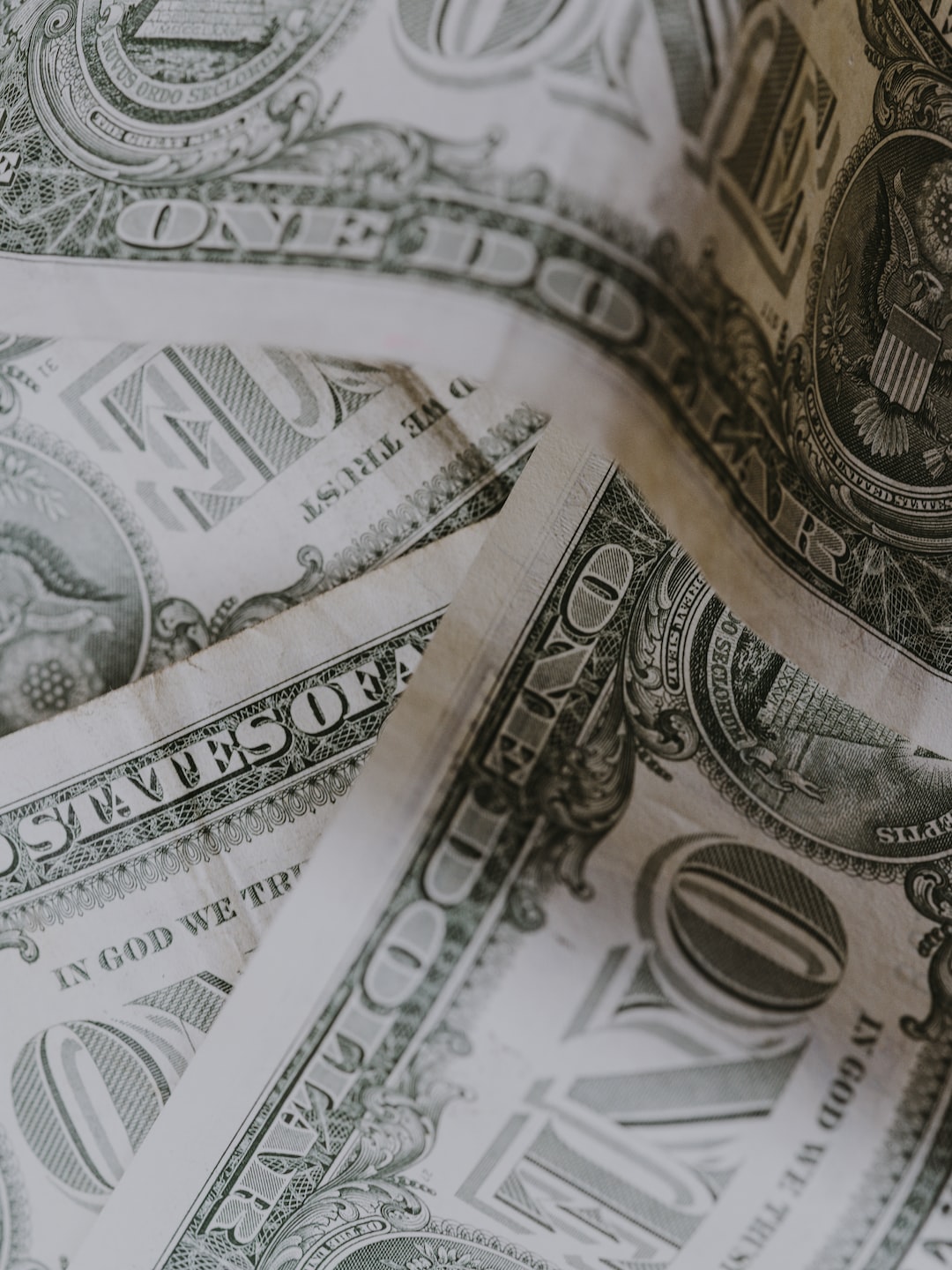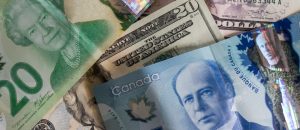Forex trading, also known as foreign exchange trading, is the buying and selling of currencies to make a profit. Forex traders buy and sell currency pairs with the hope of making a profit. The price of a forex pair is determined by the supply and demand of the respective currencies. The price of a forex pair can go up or down depending on various factors that affect the supply and demand of the currencies.
The supply of a currency is determined by the central bank of the country. The central bank can increase the supply of a currency by printing more money or by lowering interest rates. When the supply of a currency increases, the value of the currency decreases, and the price of the forex pair goes down. Conversely, when the supply of a currency decreases, the value of the currency increases, and the price of the forex pair goes up.
On the other hand, the demand for a currency is determined by various factors, including economic and political conditions. Economic factors such as inflation, unemployment, and economic growth can affect the demand for a currency. If a country has a high inflation rate, investors will be less likely to invest in that currency, and the demand for the currency will decrease, causing the price of the forex pair to go down. Similarly, if a country has a high unemployment rate or slow economic growth, investors will be less likely to invest in that country, and the demand for the currency will decrease, causing the price of the forex pair to go down.
Political factors can also affect the demand for a currency. If there is political instability in a country, investors will be less likely to invest in that country, and the demand for the currency will decrease, causing the price of the forex pair to go down. Conversely, if a country has a stable political environment, investors will be more likely to invest in that country, and the demand for the currency will increase, causing the price of the forex pair to go up.
In addition to economic and political factors, market sentiment can also affect the price of a forex pair. Market sentiment refers to the overall attitude or mood of traders and investors towards a particular currency or currency pair. If traders and investors are optimistic about a currency or currency pair, the demand for that currency or currency pair will increase, causing the price of the forex pair to go up. Conversely, if traders and investors are pessimistic about a currency or currency pair, the demand for that currency or currency pair will decrease, causing the price of the forex pair to go down.
Another factor that can affect the price of a forex pair is interest rates. Interest rates can affect the demand for a currency because higher interest rates attract foreign investors, increasing the demand for the currency and causing the price of the forex pair to go up. Conversely, lower interest rates can cause the demand for a currency to decrease, causing the price of the forex pair to go down.
Finally, economic indicators such as GDP, trade balance, and consumer price index can also affect the price of a forex pair. These indicators provide insight into the overall economic health of a country and can affect the demand for a currency. For example, if a country has a high GDP and a positive trade balance, investors will be more likely to invest in that country, increasing the demand for the currency and causing the price of the forex pair to go up.
In conclusion, the price of a forex pair is determined by the supply and demand of the respective currencies. Economic, political, and market sentiment factors can all affect the supply and demand of a currency, causing the price of the forex pair to go up or down. It is important for forex traders to stay informed about these factors and to use technical and fundamental analysis to make informed trading decisions.






